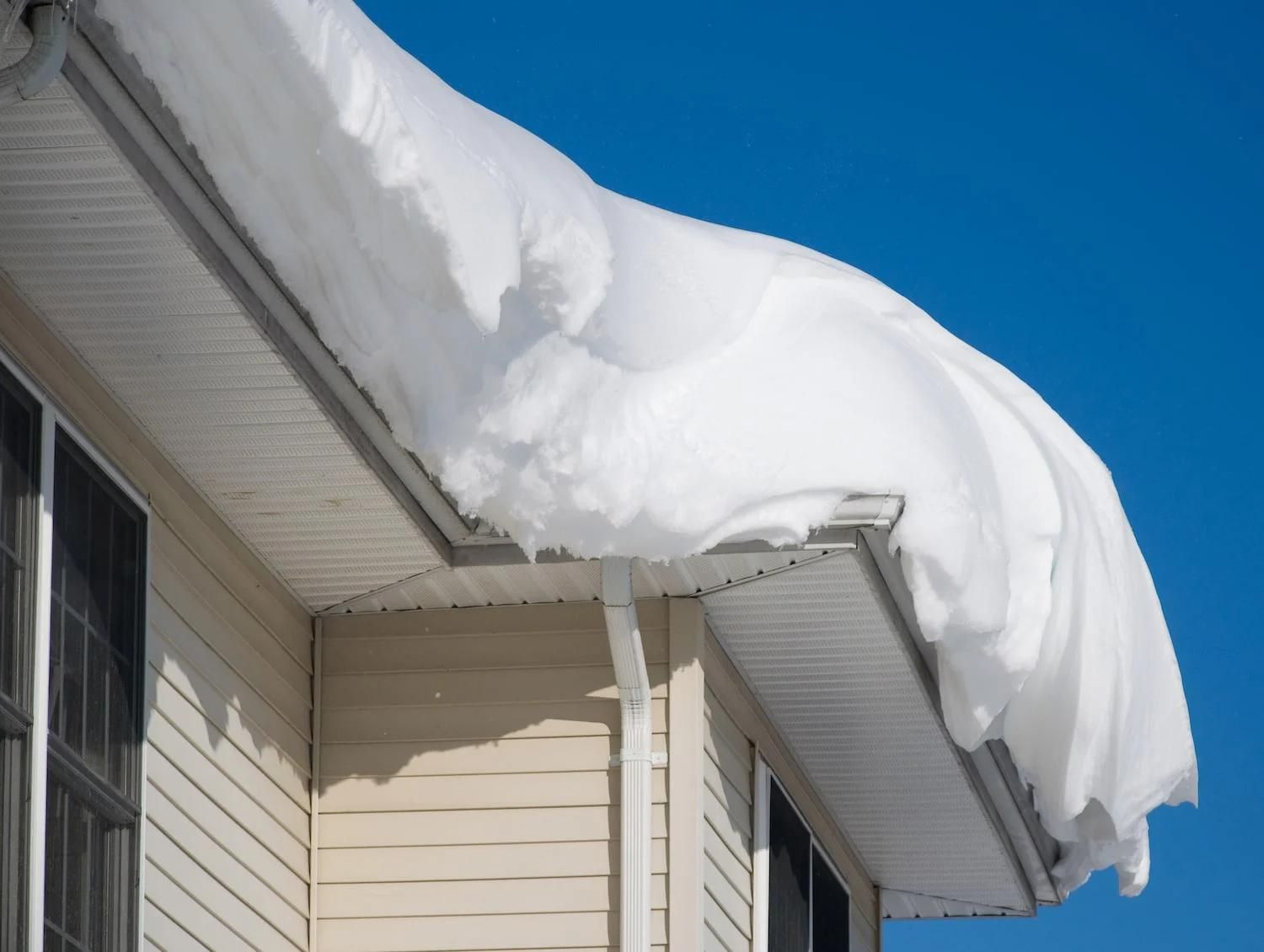

Articles
How Much Snow Can A Roof Hold
Modified: October 19, 2024
Discover how much snow a roof can hold with our informative articles. Gain insight into roof weight limits and prevention tips.
(Many of the links in this article redirect to a specific reviewed product. Your purchase of these products through affiliate links helps to generate commission for Storables.com, at no extra cost. Learn more)
Introduction
Snow can transform the landscape into a picturesque winter wonderland, but it can also pose a serious threat to the structural integrity of roofs. The weight of accumulated snow can put excessive stress on a roof, which, if not properly managed, can lead to roof collapses and extensive damage.
Understanding how much snow a roof can safely hold is crucial for homeowners, builders, and property managers. By considering factors such as location, roof design, and building codes, one can determine the snow load capacity of a roof and take appropriate precautions to prevent any potential hazards.
In this article, we will delve into the various factors that affect roof snow load capacity, the role of building codes in determining snow load requirements, how to calculate snow load capacity for different roof types, signs of excessive snow load, snow removal techniques, and safety measures to ensure the well-being of both your roof and yourself.
Whether you live in an area prone to heavy snowfall or are facing a severe winter storm, understanding the impact of snow on your roof is essential to protect your property and ensure the safety of your loved ones.
Key Takeaways:
- Understanding the snow load capacity of your roof is crucial for preventing structural damage and ensuring safety. Factors such as roof design, materials, and climate impact the roof’s ability to withstand snow.
- Adhering to building codes and consulting professionals for snow load calculations and removal can prevent roof damage and ensure the safety and longevity of your property. Safety measures, proper techniques, and timely action are essential for effective snow removal.
Read more: How Much Weight Can Attic Hold
Factors Affecting Roof Snow Load Capacity
The snow load capacity of a roof depends on several key factors. Understanding these factors can help homeowners and builders evaluate the potential risks and take necessary steps to prevent structural damage.
- Roof Design and Pitch: The design and pitch of a roof play a crucial role in determining its snow load capacity. Roofs with steeper pitches tend to shed snow more easily, reducing the weight and stress on the structure. On the other hand, roofs with flatter pitches are more prone to accumulating snow, increasing the risk of overload.
- Roofing Material: Different roofing materials have varying capabilities to handle snow loads. Some materials, such as metal, have a higher strength-to-weight ratio and can withstand heavier loads. Alternatively, roofs with asphalt shingles or other materials that can deform under pressure may not be able to support as much weight.
- Climate and Snowfall Patterns: The amount and frequency of snowfall in a particular region directly impact the snow load capacity required for roofs in that area. Areas with heavy, wet snowfall require roofs that can handle more weight compared to regions with light, dry snow.
- Temperature Fluctuations: Temperature fluctuations play a significant role in determining snow load capacity. As snow accumulates on a roof, it can melt and refreeze, adding additional weight. Frequent freezing and thawing cycles can lead to more compact and dense snow, increasing the potential load on the roof.
It is important to note that these factors interact with each other, and their combined effect determines the snow load capacity of a roof. For example, a roof with a steeper pitch may shed snow more efficiently, but if the roofing material is not strong enough, the risk of damage remains.
Considering these factors, it is crucial to consult with a structural engineer or building professional to assess the snow load capacity of your roof. They can evaluate these factors more accurately and provide specific recommendations based on your location and roof design.
The Role of Building Codes in Determining Snow Load
Building codes are regulations set by local governments or national organizations that establish minimum requirements for the design, construction, and maintenance of buildings and structures. These codes also include guidelines for determining the snow load capacity of roofs.
The primary purpose of building codes is to ensure the safety and structural integrity of buildings. When it comes to snow load, building codes aim to minimize the risk of roof collapses due to the weight of accumulated snow.
Building codes typically take into account the following factors:
- Geographical Location: Building codes consider the specific climatic conditions of an area, including average snowfall, temperature ranges, and historical weather data. Locations experiencing heavy snowfall require higher snow load capacity than areas with light snow.
- Roof Design: Building codes provide guidelines regarding the design and construction of roofs to withstand snow loads. They consider factors such as roof pitch, roof shape, and the materials used in the construction to ensure structural stability.
- Roof Load Zone: Building codes establish different load zones based on geographical location and snowfall intensity. These zones categorize areas with similar snow load requirements and specify the minimum design snow load that roofs must withstand.
- Snow Load Calculations: Building codes include specific calculations and formulas for determining the snow load capacity of roofs. These calculations take into account factors such as ground snow load, thermal coefficients, and exposure factors to calculate the design snow load for a particular location.
It is important to note that building codes are regularly updated and revised to adapt to changing weather patterns and advancements in building technology. Therefore, it is crucial to consult the latest version of the building code applicable to your area.
Adhering to building codes is not only a legal requirement but also a responsibility to ensure the safety and longevity of your roof. Violating building codes could result in structural failure, voided insurance coverage, and potential liability issues.
Consulting with a professional architect, engineer, or contractor who is well-versed in local building codes is essential to ensure that your roof meets the required snow load capacity and complies with all relevant regulations.
Calculating Snow Load Capacity for Different Roof Types
Calculating the snow load capacity for different roof types involves considering the specific characteristics of the roof, such as its shape, slope, and materials used. By understanding the factors that affect snow load capacity and using appropriate calculations, you can determine the maximum amount of snow your roof can safely support.
Here are some common roof types and the methods used to calculate their snow load capacity:
- Gable Roofs: Gable roofs have two sloping sides that meet at a ridge. The snow load capacity calculation for gable roofs involves determining the effective roof slope, which takes into account the pitch of the roof. The snow load capacity is then determined based on the design snow load for the area and the effective roof slope.
- Flat Roofs: Flat roofs are not completely flat; they have a slight slope to allow water drainage. For flat roofs, the snow load capacity calculation takes into account the design snow load, the area of the roof, and the coefficient of friction. The coefficient of friction considers the type of roofing material and its ability to resist sliding under the weight of snow.
- Hip Roofs: Hip roofs have sloping sides that meet at a ridge, similar to gable roofs. Calculating the snow load capacity for hip roofs involves determining the effective roof slope for each slope segment. The total snow load capacity is then determined by summing up the capacity for each segment.
- Shed Roofs: Shed roofs have a single sloping plane and are typically found in small structures or additions. The snow load capacity calculation for shed roofs is relatively straightforward and involves determining the design snow load and multiplying it by the area of the roof.
In addition to these roof types, there are various other roof configurations, such as mansard roofs, gambrel roofs, and curved roofs, each requiring their own specific calculations to determine snow load capacity.
It is important to note that the calculations involved in determining snow load capacity can be complex and require knowledge of engineering principles and local building codes. It is recommended to consult a licensed structural engineer or a professional with expertise in roof design and snow load calculations to ensure accurate and reliable results.
By calculating the snow load capacity specific to your roof type, you can better understand the limitations and take appropriate measures to prevent the risk of excessive snow accumulation and potential roof failure.
Regularly remove snow from your roof to prevent excessive weight buildup. Use a roof rake or hire a professional to safely clear the snow.
Common Signs of Excessive Snow Load on Roofs
Recognizing the signs of excessive snow load on roofs is crucial for identifying potential risks and taking appropriate action to prevent roof damage or collapse. Here are some common signs to look out for:
- Sagging: One of the most noticeable signs of excessive snow load is a visible sagging or dipping of the roof surface. If you notice that your roof appears to be lower in certain areas or has a noticeable curve, it may be an indication that the snow load is putting significant stress on the structure.
- Creaking or Popping Sounds: Excessive snow load can cause the roof structure to strain and shift, resulting in creaking or popping sounds. If you hear unusual noises, especially during or after a heavy snowfall, it is a sign that the roof may be under excessive stress and in danger of collapsing.
- Cracks or Splitting: The weight of accumulated snow can cause cracks or splitting in the roof surface, particularly in flat or low-pitched roofs. These cracks may be visible on the exterior or may manifest as leaks inside the building. Pay close attention to any signs of water damage or moisture in the attic or upper floors.
- Bowed or Twisted Roof Trusses: Roof trusses are the supporting framework of a roof. When subjected to excessive snow load, the trusses may start to bow or twist. Inspect the attic or crawl space for any visible signs of deformations in the truss members. Bowed or twisted trusses indicate that the roof is experiencing significant stress and may be at risk of collapse.
- Exterior Damage: Excessive snow load can also cause damage to the exterior of the building. Look for signs of cracks in the walls, especially near the roofline. Additionally, check for any displaced or damaged gutters, downspouts, or fascia boards, as these can indicate that the weight of the snow is affecting the integrity of the roof structure.
If you notice any of these signs, it is crucial to take immediate action to mitigate the risks. Here are some recommended steps:
- Clear the Roof: If it is safe to do so, consider removing the snow from the roof using appropriate snow removal techniques. This can help alleviate the stress on the roof and reduce the risk of collapse.
- Consult a Professional: It is highly recommended to consult a licensed structural engineer or a professional roofing contractor with experience in dealing with snow load issues. They can assess the situation, provide expert advice, and carry out any necessary repairs or reinforcements.
- Follow Safety Guidelines: When clearing snow or performing any roof-related tasks, always prioritize safety. Use proper equipment, work with a partner, and be cautious of slippery surfaces. If you are unsure or uncomfortable with the process, it is best to leave it to the professionals.
Remember, timely detection of excessive snow load and taking appropriate measures can significantly reduce the risk of roof damage and ensure the safety of your property and its occupants.
Read more: How Much Weight Can A Ladder Hold
Snow Removal Techniques and Best Practices
When it comes to removing snow from roofs, it is important to prioritize safety, protect the integrity of the roof, and prevent any potential damage to the structure. Here are some snow removal techniques and best practices to consider:
- Hire a Professional: If you are not comfortable or experienced with snow removal, it is best to hire a professional roofing contractor who has the necessary expertise and equipment. They will ensure that the snow is removed safely and effectively without causing any damage to the roof.
- Use Plastic Shovels: When clearing snow manually, use plastic shovels instead of metal ones to minimize the risk of damaging the roof surface. Metal shovels can scrape or puncture the roofing material, leading to leaks or other types of damage.
- Avoid Using Ice Picks or Sharp Tools: Never use ice picks, sharp tools, or any items that can puncture or scrape the roof surface. These tools can cause irreparable damage to the roof and compromise its integrity.
- Carefully Remove Icicles and Ice Dams: Icicles and ice dams can pose a safety hazard and contribute to roof damage. Use caution when removing them, and avoid standing directly beneath icicles to prevent injury from falling ice. It is recommended to consult a professional for safe removal.
- Start from the Edges: Begin snow removal from the edges of the roof and work your way towards the center. This prevents the risk of snow piling up and putting excessive weight on the center of the roof, which can lead to structural issues.
- Do Not Remove All the Snow: While it may be tempting to completely clear off the roof, it is advisable to leave a thin layer of snow, especially on roofs with steep pitches. This layer acts as insulation and helps protect the roof from damage caused by fluctuating temperatures.
- Ensure Proper Drainage: Make sure that gutters and downspouts are clear and functioning properly to allow melting snow to drain off the roof efficiently. Clogged or damaged gutters can contribute to ice dams and water pooling, leading to potential roof leaks and damage.
- Schedule Regular Roof Inspections: It is essential to schedule regular roof inspections, especially after heavy snowfall, to identify any potential issues or damage caused by snow load. A professional inspection can help detect any unseen damage and address it before it becomes a major problem.
Remember, safety should always be the top priority during snow removal. If you are unsure or uncomfortable with the process, it is best to hire a professional who has the expertise and equipment to handle the job safely and effectively.
Precautions and Safety Measures for Roof Snow Removal
Snow removal from roofs can be a hazardous task, so it is crucial to prioritize safety and take necessary precautions. Here are some precautions and safety measures to follow when removing snow from roofs:
- Assess Roof Stability: Before attempting any snow removal, evaluate the stability and integrity of the roof. If there are visible signs of damage or if you have any doubts about the roof’s condition, consider hiring a professional to assess and handle the snow removal process.
- Use Proper Safety Equipment: Wear appropriate safety gear, including sturdy boots with good traction, a helmet or hard hat, gloves, and eye protection. This will help protect you from potential slips, falls, and injuries caused by falling snow or debris.
- Work with a Partner: It is recommended to have someone assist you during the snow removal process. They can provide additional support, hand you tools or equipment, and help in cases of emergency.
- Clear the Area: Before starting snow removal, clear the area below the roof of any bystanders or vehicles. Falling snow or chunks of ice could pose a risk to people or property.
- Know the Roof Access Points: Familiarize yourself with the safe and accessible entry and exit points on the roof. Avoid stepping on skylights, weak areas, or areas with visible damage.
- Use Ladders Safely: If using a ladder to access the roof, ensure it is stable, secure, and properly positioned. It should be set up on a level, solid surface and have someone hold the ladder while you climb up and down.
- Be Mindful of Power Lines: Stay aware of nearby power lines when removing snow from roofs. Avoid coming into contact with power lines or damaging them with tools or equipment.
- Remove Snow in Layers: Instead of attempting to remove all the snow at once, work in layers. Remove a few inches of snow at a time to prevent overloading the roof and minimize the risk of sudden shifts or collapses.
- Use Proper Snow Removal Techniques: Follow the appropriate snow removal techniques as outlined earlier, such as using plastic shovels, avoiding sharp tools, and starting from the edges.
- Know When to Stop: If you feel uncomfortable, fatigued, or if the weather conditions become unfavorable (e.g., heavy snowfall, strong winds), stop the snow removal process and seek shelter indoors. Safety should always be the top priority.
Remember, if you are not confident in your ability to safely remove snow from the roof, it is best to consult a professional roofing contractor who has experience and expertise in snow removal. They have the knowledge, equipment, and skills necessary to carry out the task safely and effectively.
Conclusion
Understanding the capacity of your roof to withstand snow load is essential for maintaining its structural integrity and ensuring the safety of your property. By considering factors such as roof design, roofing material, location, and building codes, you can determine the maximum amount of snow your roof can safely support.
Building codes play a vital role in setting standards for snow load requirements, considering factors such as geographical location, roof design, and snowfall patterns. Adhering to these codes is crucial for ensuring the safety and longevity of your roof.
Calculating snow load capacity for different roof types involves various considerations, such as roof shape, pitch, and materials used. It is advisable to consult a professional engineer or contractor to accurately determine the snow load capacity specific to your roof.
Recognizing signs of excessive snow load on roofs, such as sagging, creaking sounds, cracks, or bowed trusses, is essential for identifying potential risks and taking appropriate action. Promptly clearing snow, hiring professionals when needed, and regularly inspecting your roof can help prevent damage and ensure its longevity.
When engaging in snow removal from roofs, safety should be the top priority. Following precautions such as wearing appropriate safety gear, working with a partner, using proper tools, and being mindful of power lines can help mitigate risks and prevent injuries.
Remember, when in doubt or if you are uncomfortable with snow removal, it is always wise to seek assistance from professionals who have the necessary expertise and equipment. Investing in the proper maintenance and care of your roof during snowy seasons will provide peace of mind and protect your home or building for years to come.
Frequently Asked Questions about How Much Snow Can A Roof Hold
Was this page helpful?
At Storables.com, we guarantee accurate and reliable information. Our content, validated by Expert Board Contributors, is crafted following stringent Editorial Policies. We're committed to providing you with well-researched, expert-backed insights for all your informational needs.


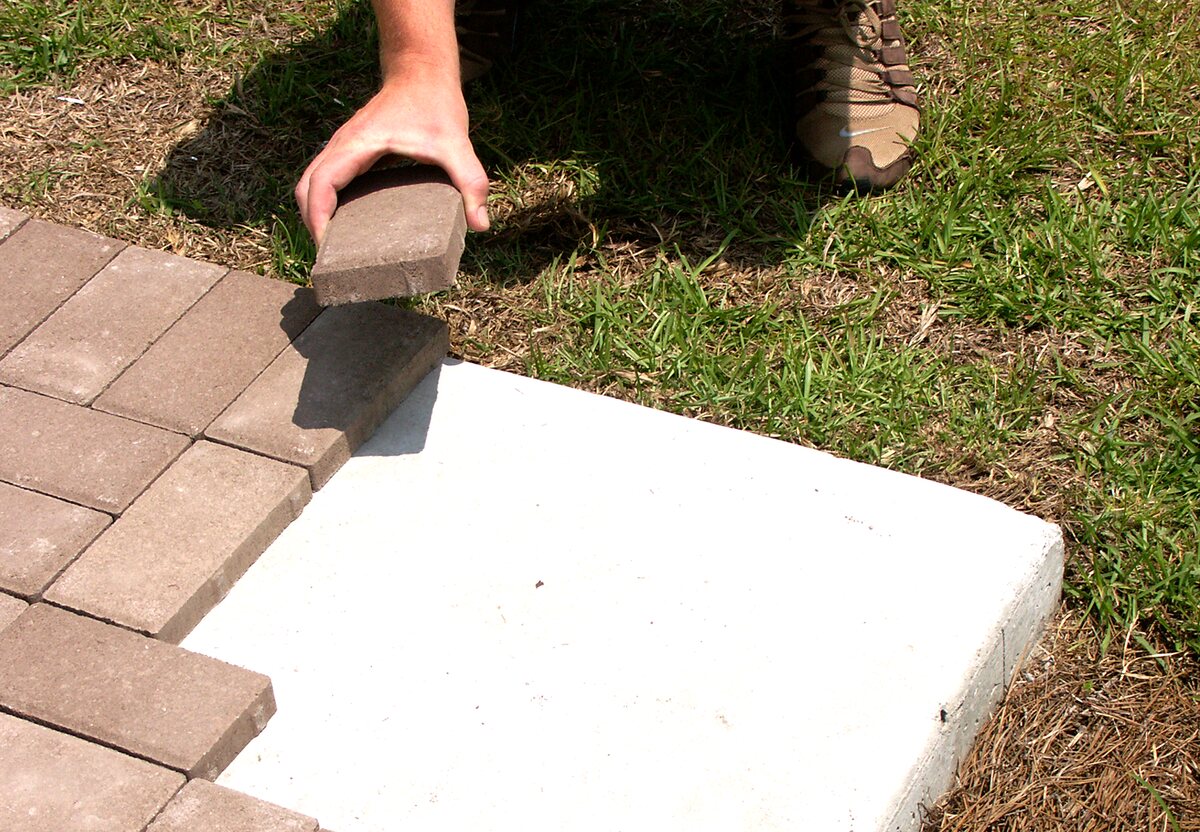

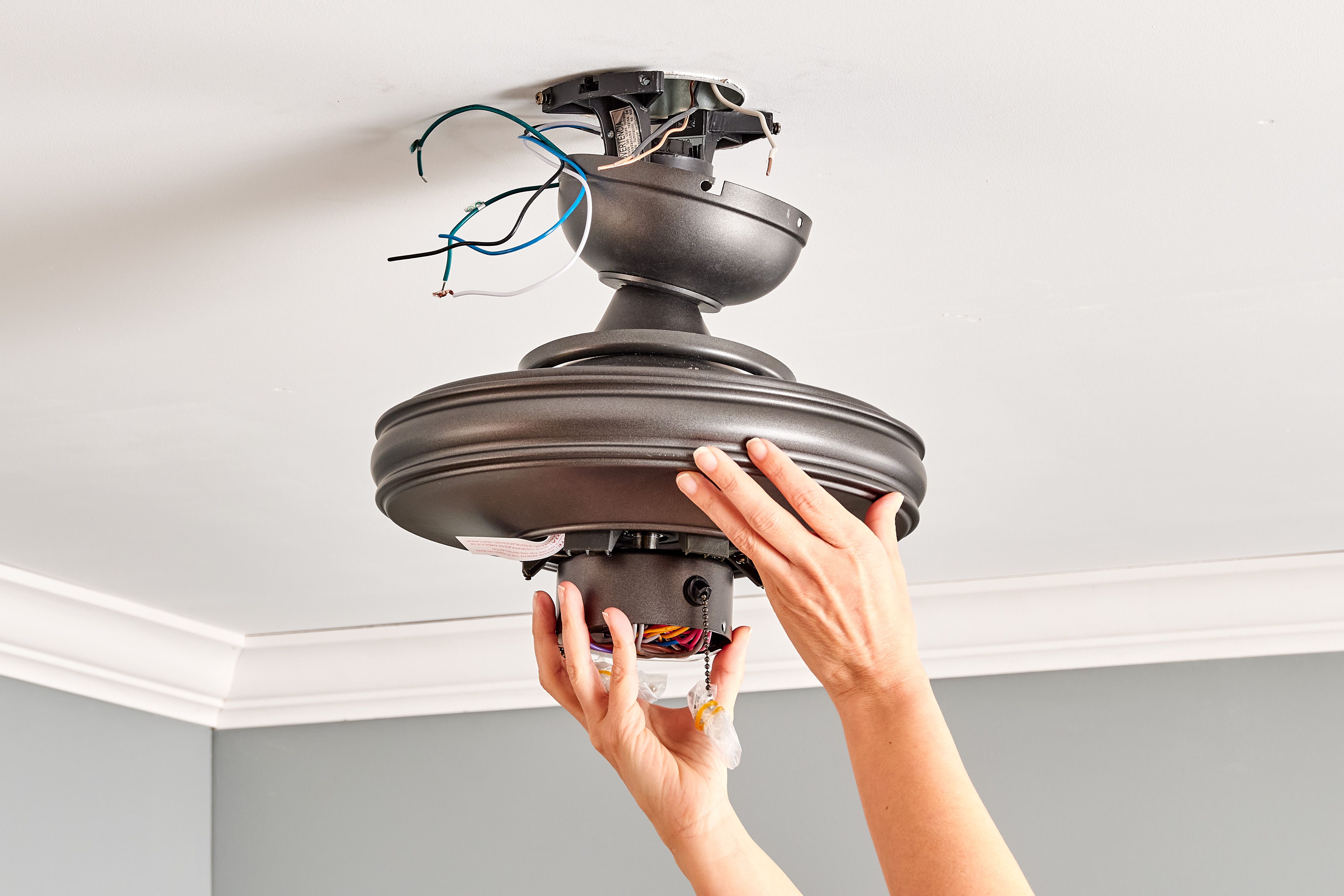

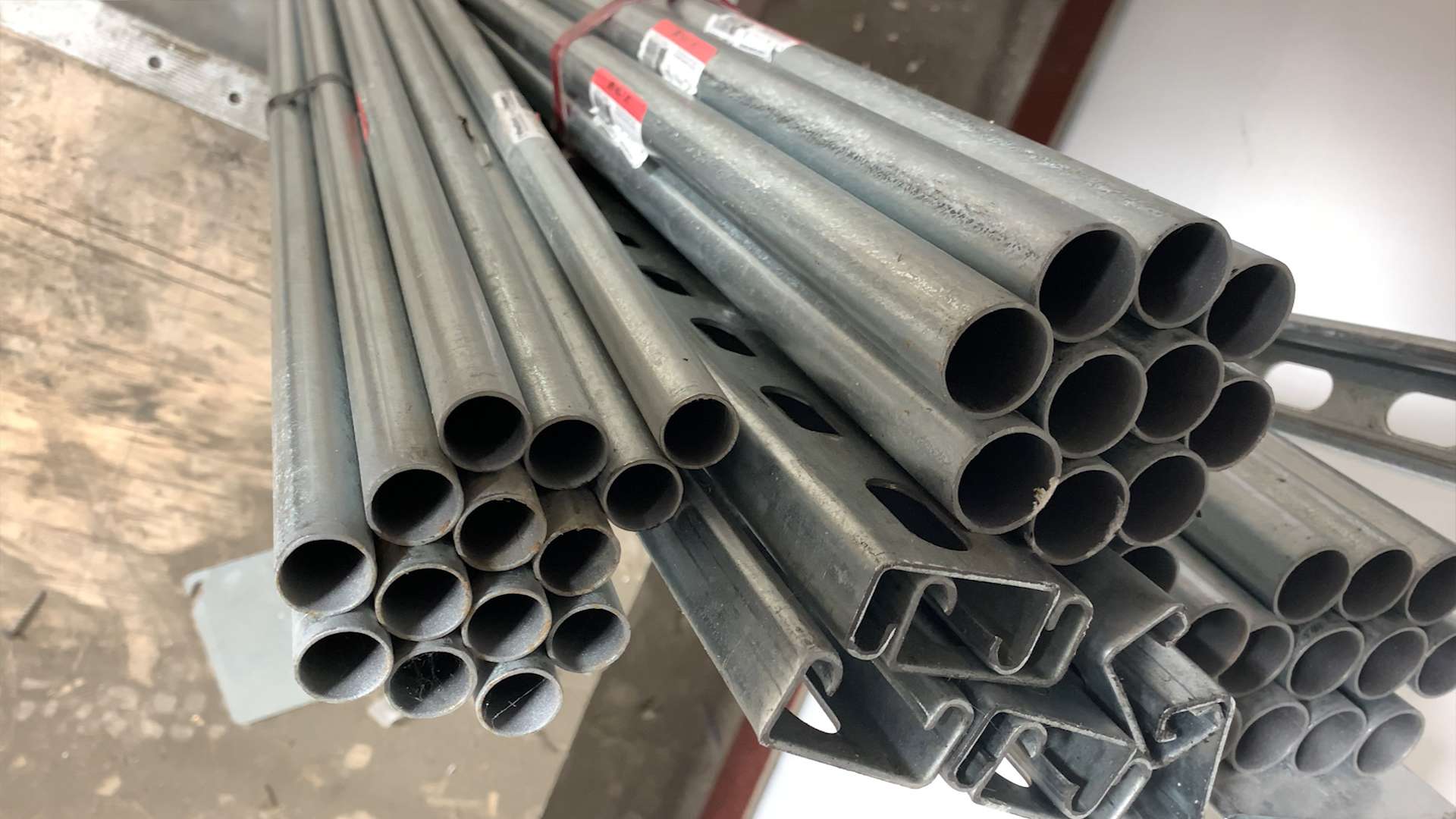
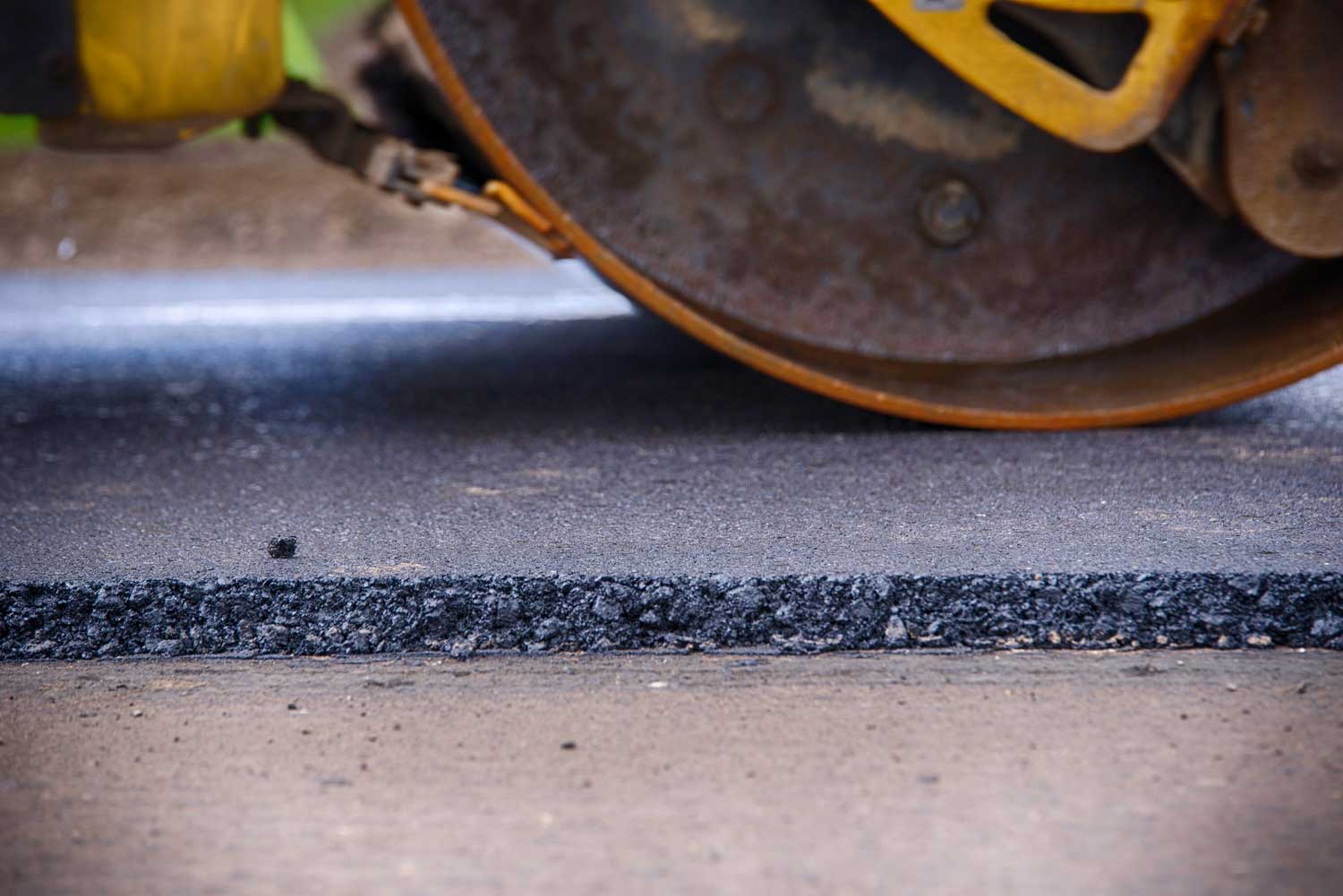

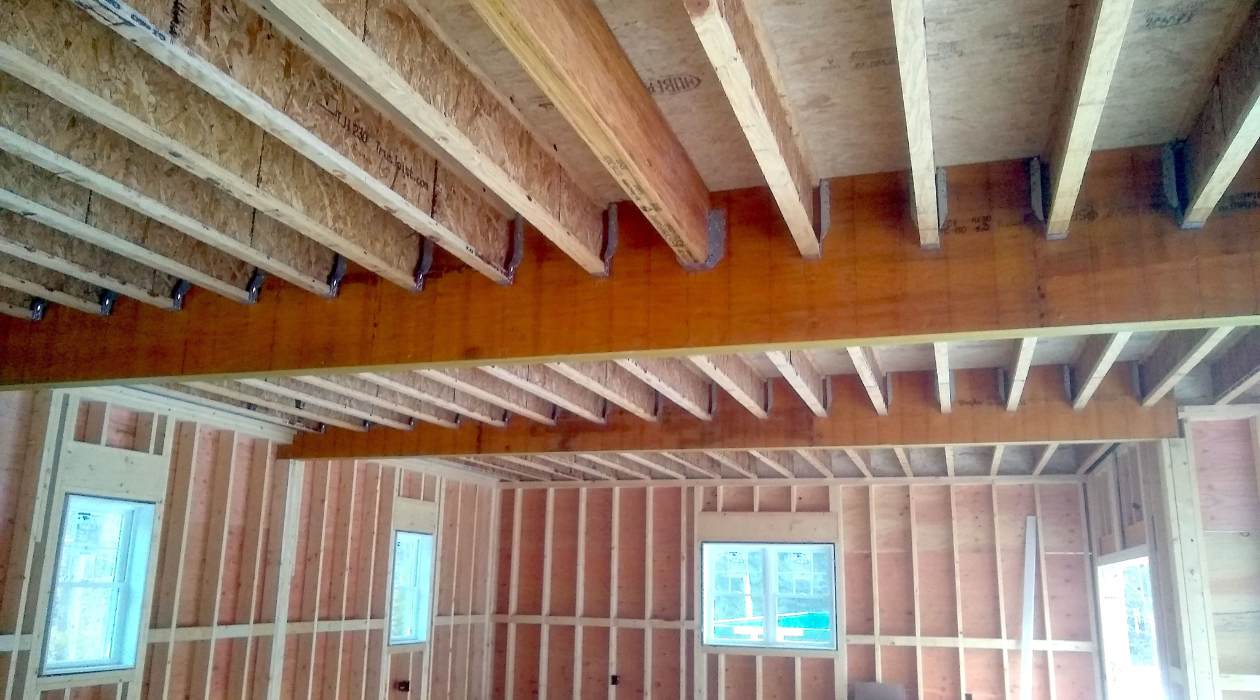

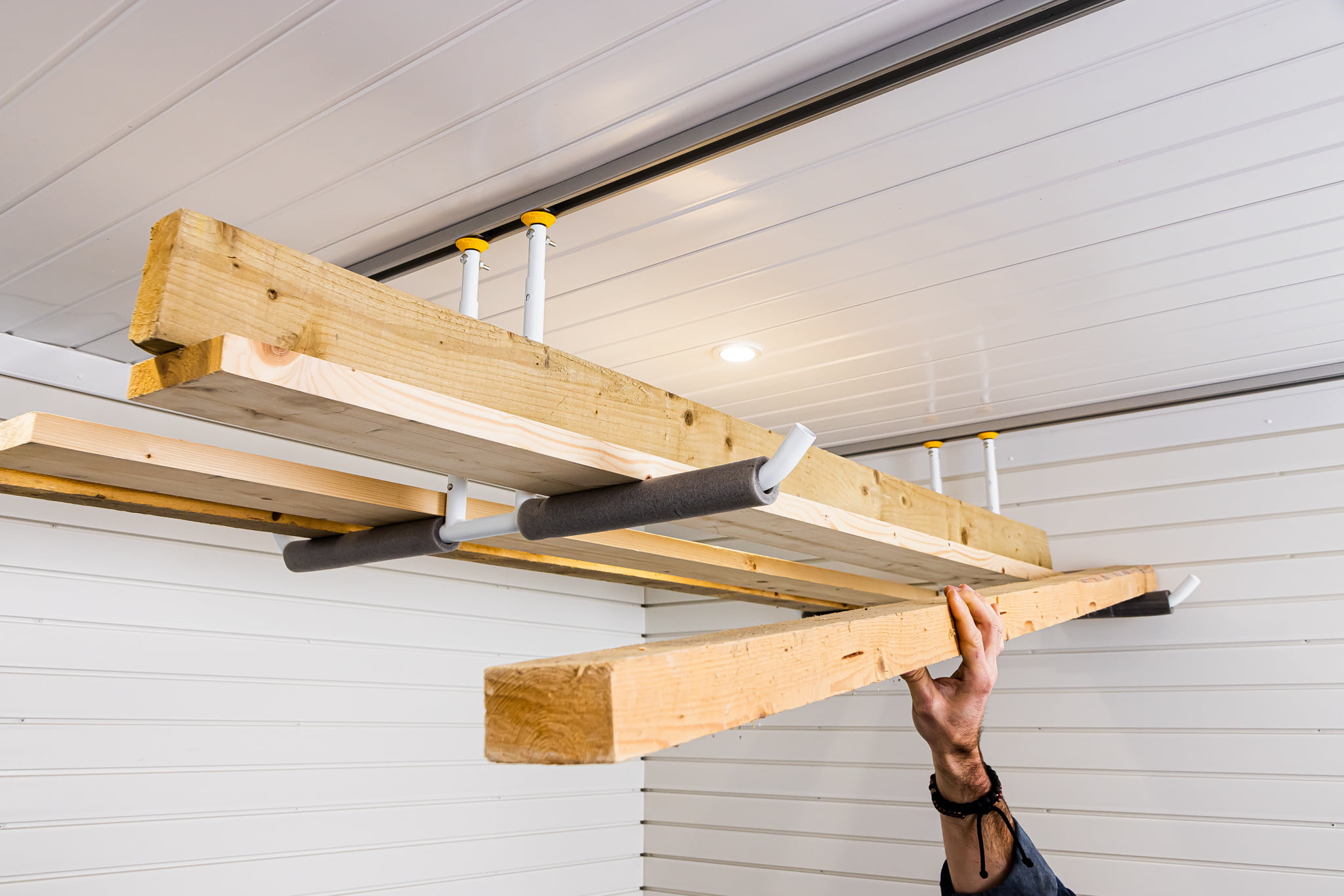

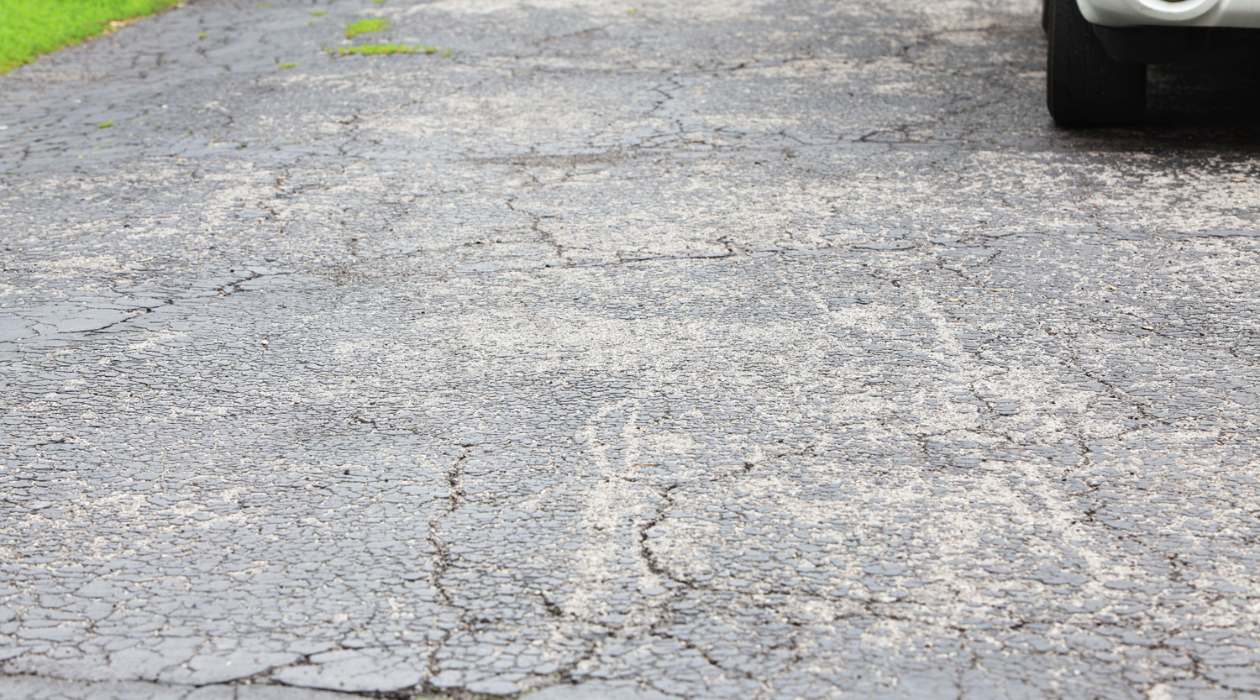

0 thoughts on “How Much Snow Can A Roof Hold”